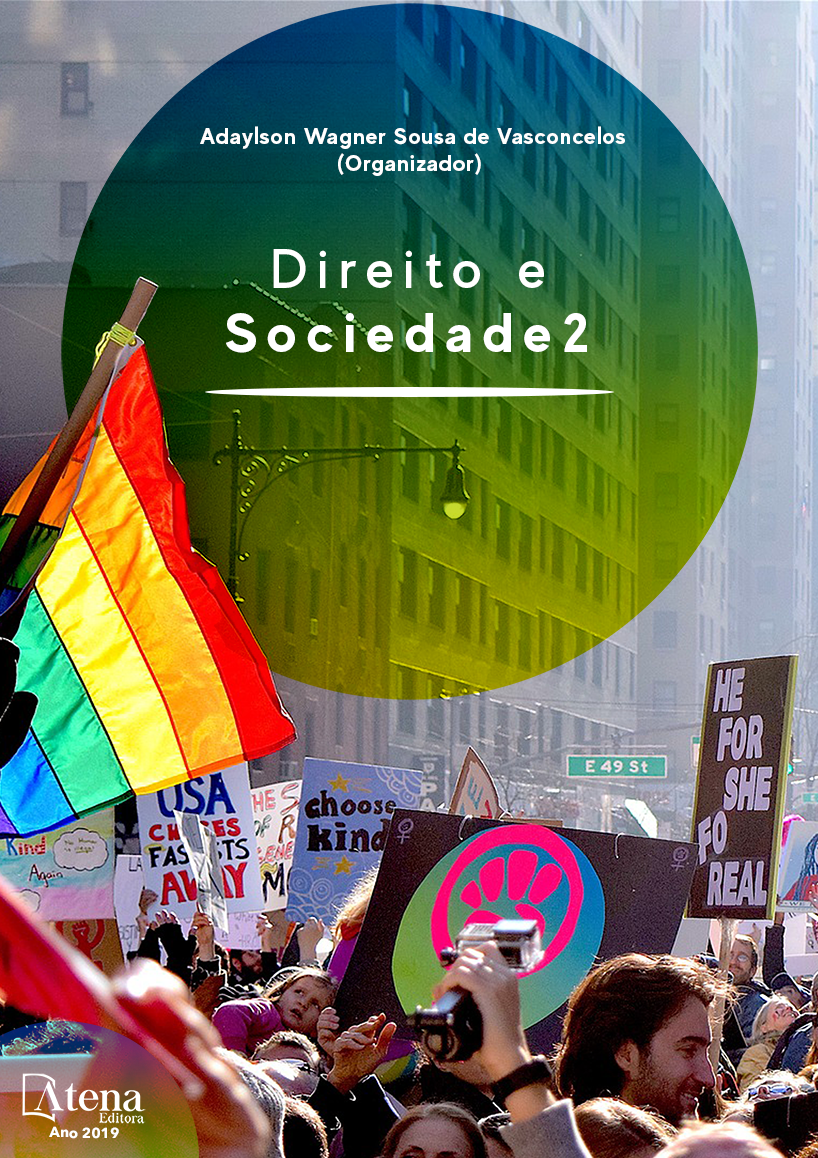
MASS INCARCERATION E HYPERINCARCERATION: A REALIDADE BRASILEIRA ENTRE O SENSO COMUM E A PESQUISA CRIMINOLÓGICA
O conceito de “mass incarceration”
ganhou releitura de David Garland como
fenômeno novo no mundo penitenciário, que
se apoia no agigantamento da população
carcerária e das taxas de aprisionamento,
além da concentração de seus efeitos em
grupos populacionais específicos. Löic
Wacquant propõe ajustes terminológicos ao
“mass incarceration”, adotando a expressão
“hyperincarceration”. Desse modo, desvela
sentidos na opacidade da linguagem,
evidenciando a distinção entre o encarceramento
desmedido e os fenômenos de massa. Sua
abordagem, portanto, não desconsidera o
fim das políticas do Welfare State, nem a
influência de demais fatores conjunturais, mas
destaca a seletividade do sistema de justiça,
guiado, sobretudo, por questões de classe,
raça e origem, em expressão de outra face do
projeto de ampliação do Estado neoliberal. No
Brasil, as prisões seguem se expandido, em
dimensões efetivas e simbólicas, cerceando
liberdades e garantias. O discurso punitivista
midiático, associado à instrumentalização
política da Justiça Penal, tem robustecido a
crença da população em instituições prisionais
falidas, cristalizando o desejo de dilatação
do cárcere, concebido como símbolo de luta
contra impunidade. O reforço do ideal da prisão
como “justiça” e de sua difusão igualitária,
passa a ocultar a essência seletiva do sistema
penal, que permanece comprometido com a
segregação de grupos sociais determinados.
A reflexão proposta visa a debater a questão
carcerária brasileira, a partir da aplicabilidade
dos aportes teóricos fornecidos por Garland
e Wacquant, destacando em que medida o
uso do sistema penal como panaceia para os
problemas sociais se legitimaria pelo senso
comum da prisão como sinônimo de “justiça”.
MASS INCARCERATION E HYPERINCARCERATION: A REALIDADE BRASILEIRA ENTRE O SENSO COMUM E A PESQUISA CRIMINOLÓGICA
-
DOI: 10.22533/at.ed.43619050716
-
Palavras-chave: “mass incarceration”; “hyperincarceration”; “seletividade”; “Justiça Criminal”; “senso comum”.
-
Keywords: "mass incarceration"; "hyperincarceration"; "selectivity"; "Criminal Justice"; "common sense".
-
Abstract:
The concept of mass incarceration
got a relevant interpretation of David Garland as a completely new phenomenon in the
penitentiary world, based on the discrepant size of the current prison population and
the imprisonment rates, besides the impact of social effects on specific population
groups. Löic Wacquant proposes some terminological adjustments to the “mass
incarceration”, adopting the expression "hyperincarceration". The idea behind the
nomenclature change is to highlight the meanings hidden in the language opacity,
putting in evidence the distinction between the excessive incarceration and a mass
phenomenon. His approach doesn’t ignore the end of Welfare State policies, nor the
influence of other conjunctural factors, but emphasizes the selectivity of the criminal
justice system, as a face of the neoliberal state project. In this context, Brazil continue
to expand prisons, in their effective and symbolic dimensions. The criminalizing media
discourse, associated with the political use of criminal justice, has reinforced the
popular belief in prison institutions and crystallized the idea of jail as symbol of “fight
against impunity”. The reinforcement of prison as some synonym of egalitarian justice
tends to omit the selective essence of the penal system, which remains committed to
the segregation of specific groups. In summary, this article aims to discuss the Brazilian
prison question, based on the applicability of the theoretical contributions provided
by Garland and Wacquant, highlighting how the use of the penal system as the main
solution of the social conflicts can be legitimized by the common sense of prison as
symbol of “justice”.
-
Número de páginas: 15
- Theuan Carvalho Gomes da Silva
- BARBARA SIQUEIRA FURTADO


